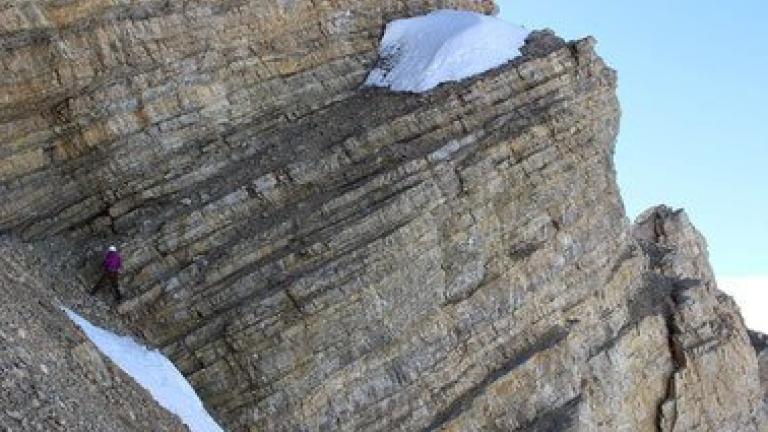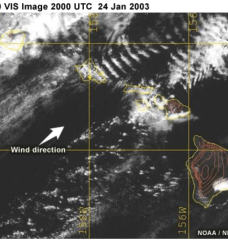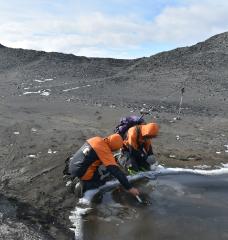
Photo Credit
MITx
A survey of Earth's early history of life and environments through a combination of classroom lecture and virtual field trips to Northern Minnesota, Svalbard, Norway, and the Death Valley area. At these key sites, students explore the interactions between Earth's early environments and ancient life.
About this course:
Students explore the co-evolution of Earth's environment and life from ~2 billion years ago to 500 million years ago by examining rocks from several field location around the world. This course is designed to give students an introductory understanding of Earth history and geology through a series of lectures, virtual field trips, and interviews with experienced geologists. Virtual field sites include the early-mid Proterozoic of Minnesota, and the Neoproterozoic and early Phanerozoic of Svalbard (Norway) and the Death Valley region (eastern California).






